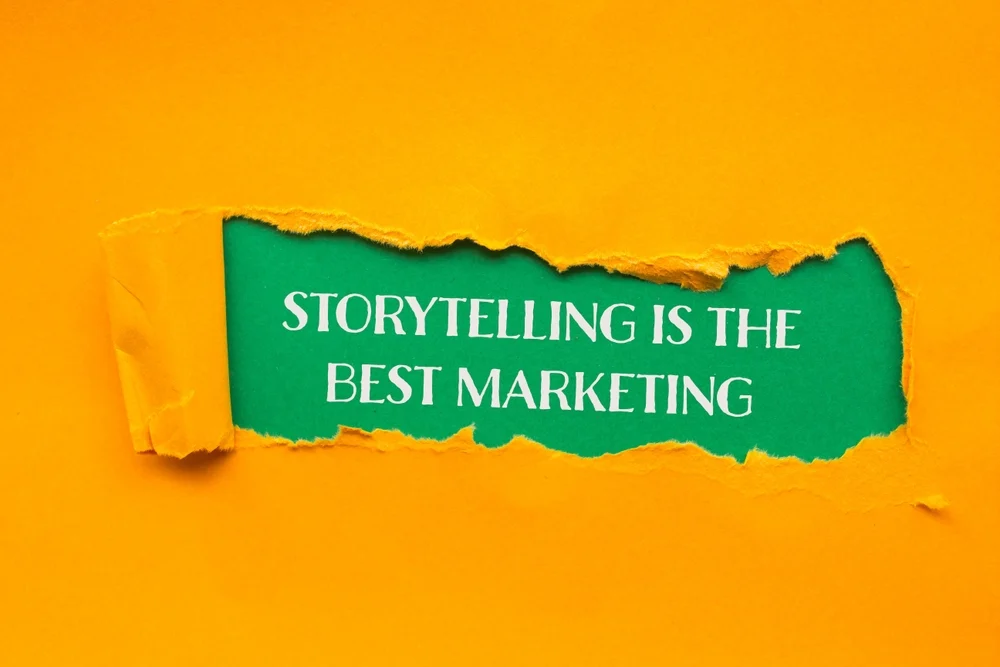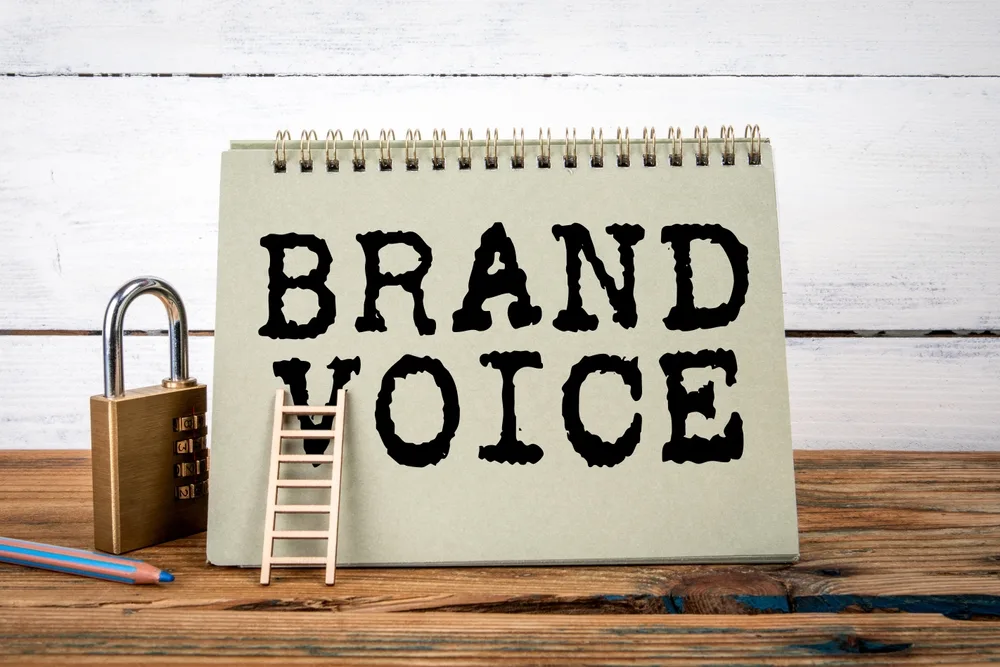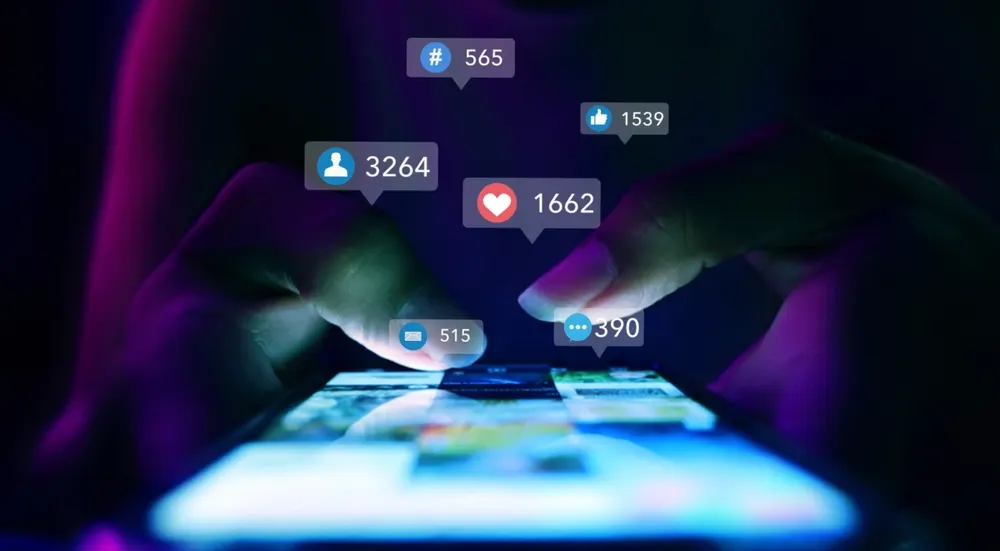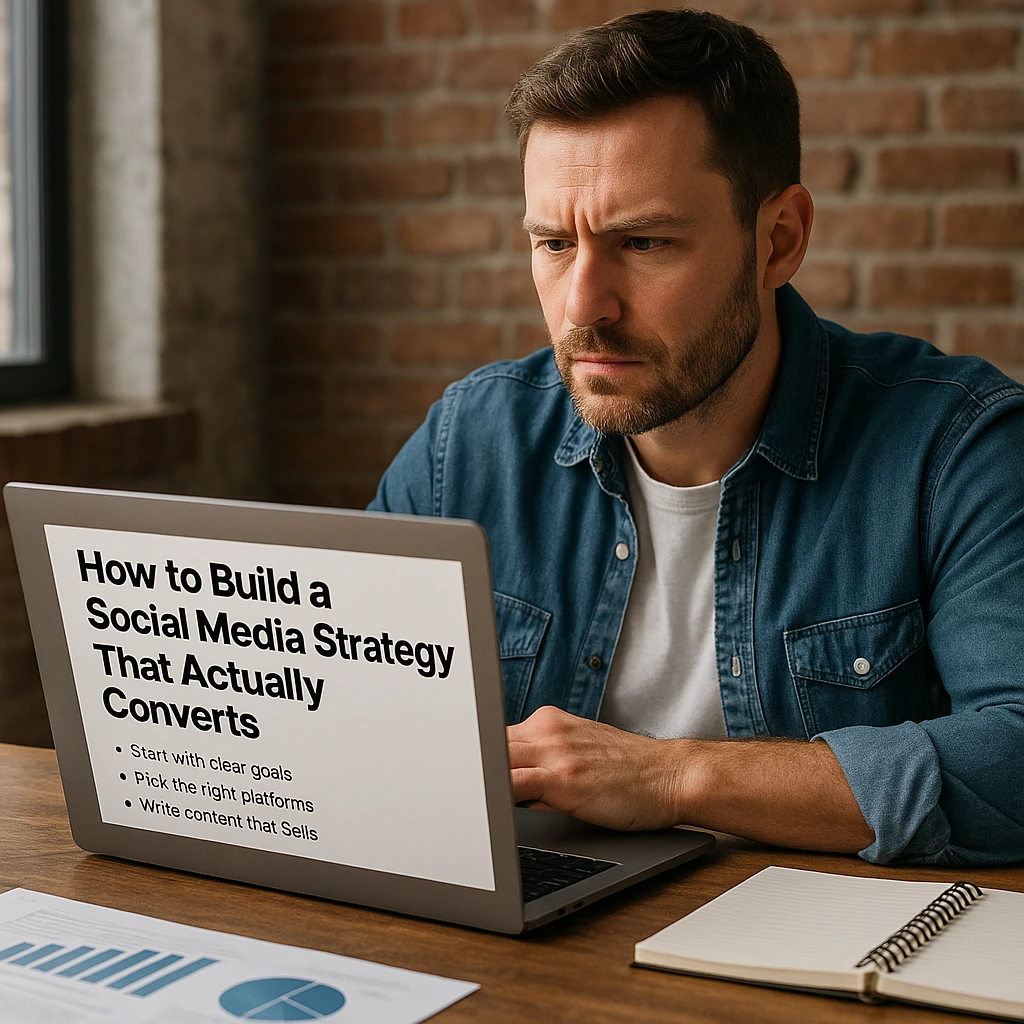Why Storytelling Is the Most Underrated Tool in Digital Marketing?

You’ve heard it before. “Content is king.” But the truth is this: Not all content is created equal. Some posts flop. Others explode. What’s the difference?
It’s storytelling.
And guess what? You’re not probably using it enough.
Let’s fix that.
In this post we’ll explain why storytelling is such a great tool within digital marketing. How it builds loyalty. Drives sales. And makes your brand stick in the mind.
Ready? Let’s dive in.
The Anatomy of a Great Story Telling
All great stories have three acts. A hero. A conflict. And a solution.
The Hero
Who’s the star of your story? Hint: It’s not you.
It’s your customer.
The rest of your audience doesn’t care about your company. They care about themselves. Their problems. Their dreams. So make them the center of your story.
So, if you sell skincare products, the hero isn’t the cream. It’s the lady who wants a luminous complexion.
Make sense?
See how to shape your narrative around the audience in our post on brand voice strategy
The Conflict
Tension is a necessity in every good story. A problem to solve.
In marketing lingo, this is your customers’ pain point. What keeps them up at night? What frustrates them? What do they want but cannot seem to get?
Maybe it’s acne. Maybe it’s stress. Perhaps it’s feeling stagnant in their career. Whatever that is, get it in the light.” So one of the best ways to do that is to make them nod and say, “Yes, that’s me.”
The Solution
This is where you come in.
THIS is where your product or service comes in as the solution to their problem. But don’t simply say, “Buy this!” Show them how it works. This will be their life post using your solution.
For instance, instead of saying, “Our cream clears acne,” say, “Picture yourself waking up each day with clear, smooth skin. No more hiding behind makeup. No more insecurity. Just confidence.”
See the difference?
For more creative direction tips, explore video production trends 2025
Why Emotional Branding Works
You’re tired of fake ads. Stock photos. Over-polished campaigns.
So is everyone else.
That’s why real stories work. Authenticity matters. People want to see real people. Real struggles. Real solutions.
Take Dove, for example. Their “Real Beauty” campaign included actual women—not models. It celebrated imperfections. It told stories that connected. And it worked. Sales soared.
Or consider user-generated content. Is there anything more invaluable than customers sharing their own stories about your brand? It’s authentic. Relatable. Trustworthy.
So how do you discover authentic narratives? Ask your customers. Share testimonials. Highlight case studies. Let their voices shine.
Storytelling Across Formats
The beauty of storytelling? It works everywhere.
Videos
Images (and Stories) are great for storytelling. They are a blend of visuals, sound, and emotion. Remember the Christmas-season commercials that make you cry with joy? They make you cry. Laugh. Share.
It’s not even information that requires a lot of time to digest — it’s a little video, like on TikTok or Instagram Reels, and yet stories can be incredibly powerful. A 15-second video is capable of documenting a metamorphosis. Solve a problem. Inspire action.
Blogs
Blogs excel at storytelling and that’s one of their great strengths. They let you dive deep. Share details. Build connections.
Instead of saying, “Our product saves time,” share a story of Sarah, a working mom who now has time to herself because of your product!
Social Media Posts
Social media is about quick punchs. But even bite-sized offerings can tell stories.
A single photo, accompanied by a caption, can evoke emotion. A carousel post can be a journey for your people. Behind-the-scenes videos are shown in stories (the feature), and this brings a human face to the brand.
Emails
Emails are intimate. Personal. A chance to speak directly to your audience.
Use storytelling to make your emails stand out. Share a customer success story. Write about a challenge you overcame. Show how your product changed someone’s life.
How to Craft Your Own Story
Having told you why storytelling works, here’s how to do it.
Step 1: Know Your Audience
Who are you talking to? What do they care about? What keeps them up at night?
Dig deep. Research. Ask questions. The more familiar you are with your audience, the more effective your story.
Step 2: Find Your Hook
So every great story begins with a hook. Something that catches the eye.
Maybe it’s a surprising fact. A relatable struggle. A bold statement. Whatever it is, make it something you can’t ignore.
Step 3: Keep It Simple
Don’t overcomplicate things. Stick to the basics: Hero. Conflict. Solution.
Focus on one message. One emotion. One call to action.
Step 4: Be Authentic
Be yourself Apply to be your best self People can sense fake a mile away.
Be real. Be honest. Be human.
Step 5: Test and Tweak
Not every story will resonate with every reader. And that’s okay.
Test different formats. Try new angles. See what resonates. Then, double down on what works.
Brands That Are Absolutely Killing It with Storytelling
Airbnb
Airbnb doesn’t simply sell lodgings. They sell experiences. Adventures. Connections.
Their feed on Instagram is filled with real stories from hosts and travelers. Photos of cozy cabins. Sunsets in faraway lands. Families making memories.
It’s not as simple as reserving a room. It’s about creating moments.
Patagonia
Patagonia is a storyteller about adventure. Nature. Sustainability.
Their blog, The Cleanest Line, tells stories of climbers, surfers, and activists. It’s not a sales pitch. It’s a movement.
And people love it.
Glossier
Glossier had built its brand on storytelling. Peep their Insta for user-generated content. The fact that real women are showing makeup routines.
It’s relatable. Authentic. Powerful.
See how authenticity shapes virality in viral content psychology
Final Thoughts
You don’t need to spend a lot of money to tell powerful stories. All it takes is a bit of creativity.
Have your customer in the middle.. Highlight their struggles. Show how you can help.
Be real. Be emotional. Be memorable.
Because in a world of noise, stories rise above it.
So, what’s your story? Start a project with The Project F and craft stories that move people.
Business Enquiries:
hello@thecompanyfilms.com
Job Enquiries:
Career@thecompanyfilms.com
phone:
+971 58 221 2113
Business Enquiries:
hello@thecompanyfilms.com
Job Enquiries:
Career@thecompanyfilms.com
phone:
+971 58 221 2113























